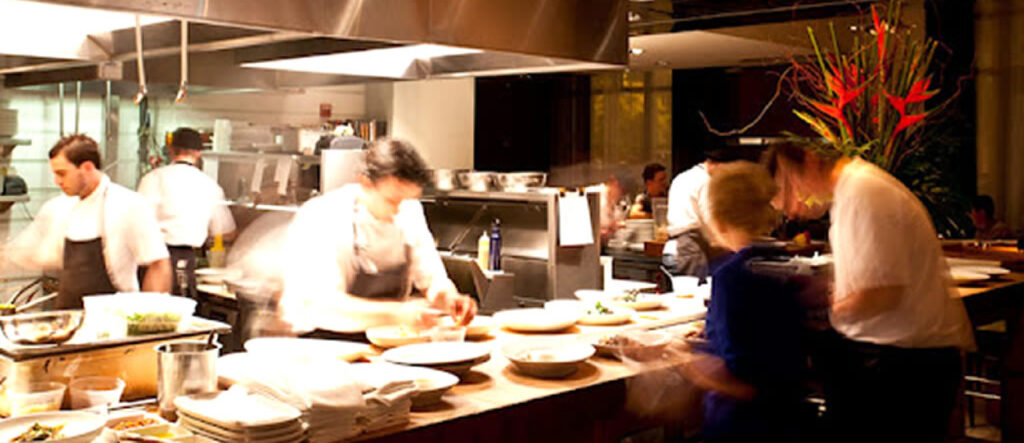The usual puzzle: Where to eat?
- Lydia Tiasiri
- July 1, 2013
- Hospitality
- Architects, DESIGNERS, environmental, FENN DESIGNERS, Floor Plan, furniture, Interior Design, Lighting, Lydia TF, Materials, recycled materials, Resturant, Sourcing, Space Planning
- 0 Comments




